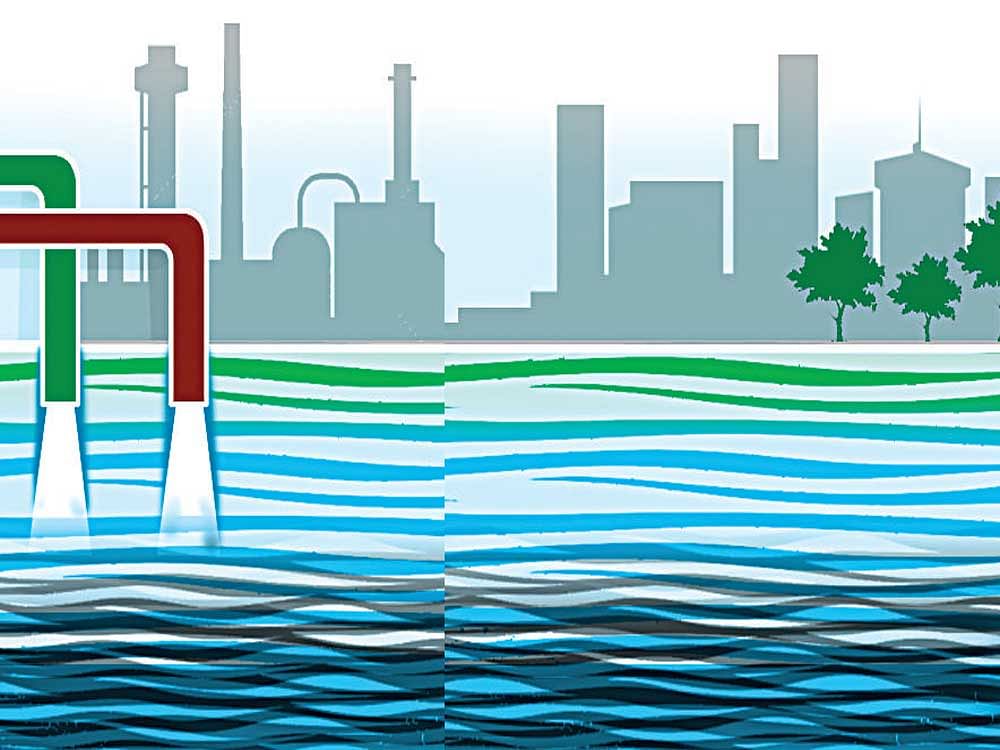
A long struggle of residents to save Bellandur and Varthur lakes received a major boost when the National Green Tribunal (NGT) recently directed the state government to close all polluting industries around the water body. DH interacts with a few of the residents to know other possible ways to deal with the issue.
Bibuti Panda, a Whitefield resident who volunteered to participate in the efforts to rejuvenate Varthur lake, has this to say: “Awareness is not yielding any results. Poor implementation of regulatory norms on the government's part is the main reason for such a disaster to happen. So more and more volunteers should join hands with the stakeholders.”
He feels every individual and civic body should be made accountable. It works as a chain system, where the involvement of the local community plays a major role, he says.
On the NGT order on industries, he wonders: “What is the guarantee that even after shifting, the lake will be free from such pollutants.”
Srini Jasti, a resident of HSR Layout, notes that the view from his apartment complex is only of white thick foam flying in the air, spreading a bad odour in the locality. “The toxic foam that has been taking a toll on the health of people has had a hazardous effect. The problem affects all areas surrounding Bellandur lake.”
To a certain extent, he says, shifting of small-scale industries around Bellandur will help. But will the government be able to maintain that stand? “Although the quality of water in many lakes has been deteriorating, none of the civic bodies has shown much interest in rejuvenation. Recent reports say sewage flowing into Bellandur lake will be diverted to Varthur lake. This has horrified the residents of the area,”says Srini.
Sonali Singh, a resident of Whitefield, is another volunteer who joined the Bellandur Kere group actively campaigning for the revival of lakes. She says: “There have been people fighting for this for the last 18-20 years. Last year, we had invited Dr T V Ramachandra to study the situation of the lake along with Namma Bengaluru to give recommendations and requested them to come up with solutions that were scientifically possible.”
She feels the government should channelise the sewage treatment plants meticulously so that the load reduces on the downstream lakes. “Apartment complexes should have processes in place to ensure that waste water is not directly let into the lakes. Unfortunately, such guidelines seem to be only for residents and not the civic bodies. STPs should be set up in Bellandur and Yamlur villages.”
Recently, recalls Sonali, there was talk that rejuvenation work will be taken up for Iblur lake. “But again, they started diverting the sewage to Bellandur lake. This led to an unbearable mosquito menace in this area. Residents of apartments complexes, especially Sun City and others in the vicinity were affected. Later, as a temporary solution, they took up a cold fumigation process to get rid of the menace.”
On the issue of closing industries, Sonali has a different perspective. Many women are working in garment industries. Their livelihoods will be at stake if such industries are shut down. Taking a humanitarian approach, she asks, “Why should you close a running industry? Instead, why not implement certain norms and ask them to follow those rules strictly.”
“Although the quality of water in many lakes is deteriorating, none of the civic bodies has shown much interest in rejuvenation. Recent reports say sewage flowing into Bellandur lake will be diverted to Varthur lake. This has horrified residents.”